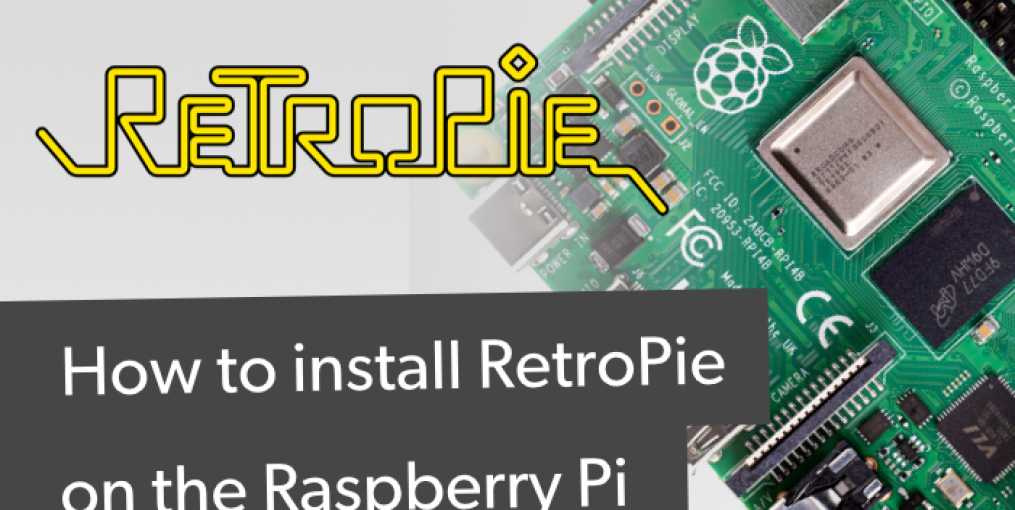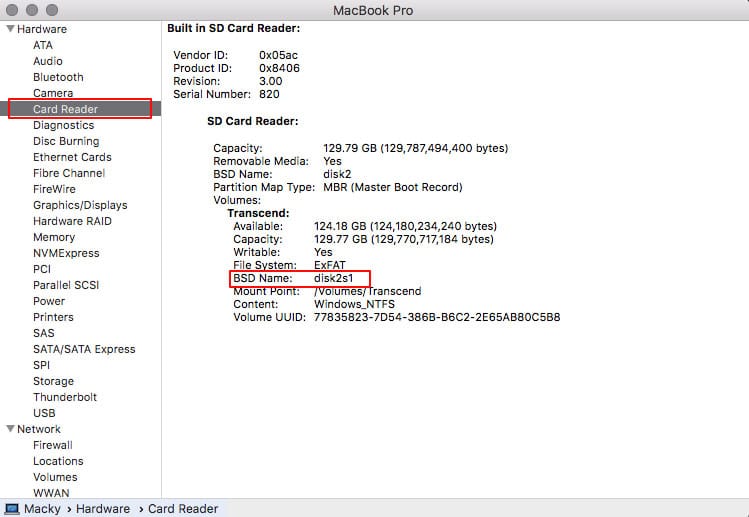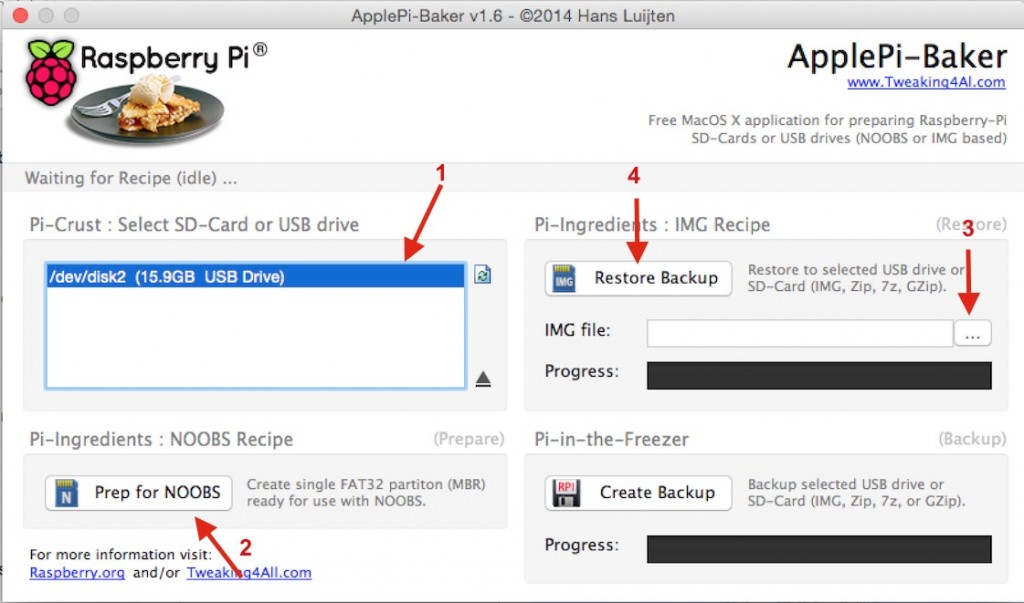
- #Apple pi baker windows retropie install#
- #Apple pi baker windows retropie download#
- #Apple pi baker windows retropie mac#
See the official Raspberry Pi “WRITING AN IMAGE TO THE SD CARD” instructions.
#Apple pi baker windows retropie install#
To install the RetroPie SD image on your MicroSD card. To extract from the command line, you can type the following into a Terminal window, placing X with version you downloaded: gz file and the extracted file will be a. Once you have downloaded your SD card image you need to extract it using a program such as 7-Zip.
#Apple pi baker windows retropie download#
If you get the error Illegal Instruction when it boots or if it just boots into the terminal, you picked the wrong SD image or the image was corrupted on download or extraction. If you are unsure which version of Raspberry Pi you have just count the raspberries on boot: Raspberry Pi 0/1 There is one version for Raspberry Pi 0/1 (Model A, A+, B, B+) and there is a version for Raspberry Pi 2/3.ĭownload the SD image for your version of Raspberry Pi from the following page:

There are currently two versions of RetroPie. Below is a guide directly from RetroPie’s GitHub page, linked here.

Con.This is a companion guide to my RetroPi Cart and will outline the steps for installing RetroPie on your Raspberry Pi Zero-W.

#Apple pi baker windows retropie mac#
Note: if “mounting” doesn’t mean anything to you, then know that mounting (in this case) refers to making network drives, for example from another computer or NAS, appear on your Mac so you can access them quicker and easier.īesides this being a fully from scratch build version, this version now is available as 64bit application for Intel and Apple Silicon – signed an notarized. Its sole purpose being to mount network shares quicker and easier, and have easier access to SSH connections.ĬonnectMeNow supports protocols like SMB, CIFS, FTP, SSH, WebDAV, NFS and AFP.

Unfortunately, it is still cumbersome under macOS X to connect to those “ shares” (also known as mounted network “ Volumes“).įor this reason I created ConnectMeNow – initially just for personal use. We have network shares on our computers, want to access company network shares, or have a dedicated file server or NAS ( Network Attached Storage) to store our information or make our backups. We are more network connected than ever before – at home, in school and at work. The latter is what ConnectMeNow tries to address, which is nothing new to those familiar with previous versions of ConnectMeNow (CMN). As a macOS fan I keep being surprised that Apple still hasn’t implemented some obvious improvements, like a dual pane Finder or … an easier way to mount network shares.


 0 kommentar(er)
0 kommentar(er)
